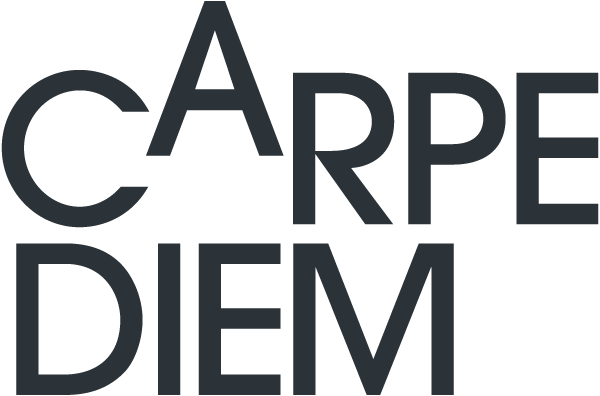In three words – zero sum economics.
Rental housing that is strategically planned for making money through rising rents that are always “unaffordable”. The landlord’s gain is the tenant’s loss.

How it works
(and you’ll see why I say it’s happening all around you)
Mom and Pop property owners make lots of money over many years, by owning revenue producing residential property, while its value is constantly rising. This could be as simple as their “mortgage helper” basement suite, or the ownership of an asset with anywhere from 3 to over 100 units.
But whatever the scale of their investment, they show some loyalty to the long term tenants they know are paying their mortgage down for them. They keep the rents lower, in favour of sustaining familiar, good relationships with stable tenants. They are rewarding their tenants for their loyalty and reliability. Then they decide to sell and retire.
Enter the REIT (Real Estate Investment Trust) driven by well educated, good people, doing “good business” with integrity. But the corporate financial machine no longer has any loyalty to those long-term tenants. Their acquisition analysis cites “room for rental increase” in the closely guarded data they have on the asset, in its unique location and local and regional market.
Enter the asset management strategy for investor returns from rental housing. First – buy that asset, and spend some more money on badly needed upgrades – all good, right? “Preserving our limited supply of ‘affordable’ rental stock”. Well, for a time. But secondly: as units are vacated, whatever the state of provincial rent controls, you then jack the rents as high as the market will bear.
Value is a direct function of net earnings
Fundamental fact of revenue producing real estate financing: increase net earnings and the value rises by some multiple thereof – between 9 and 40 times, actually – depending on the perceived risk of the asset and the sustainability of its cash flows. No offense intended, but the industry cloaks this reality in the math of what’s called the capitalization, or “cap” rate – which is really just the inverse of the “price earnings multiplier” – the multiple of annual earnings represented in the asset value.
More simply put: investors say: “if we can count on 20 years of sustained earnings at this level, we can pay you 20 times annual earnings. This asset is valued at the price-to-earnings multiple of 20. The inverse of 20/1, or 1/20, is the 5% “cap rate”.
Calculating value
Here’s how the value is calculated:
Annual net income / cap rate = value.
So for example:
$100,000 annual income / 0.05 cap rate = $2,000,000
As a step toward finding the market value of revenue producing real estate, an appropriate cap rate is determined for the asset. The lower the cap rate, the higher the price-earnings multiple that derives its value. The cap rate is ultimately an expression of the risk of the asset and the sustainability of its net revenues. An apartment in a prime location where vacancies are snapped up instantly by eager renters will have a low cap rate (sometimes as low as 2.5%). That will mean a high price-earnings multiple, because the rental stream is expected to be sustainable over a long time. In contrast, think of a corner grocery store. It’s not easily assumed that its revenues will be sustainable for years to come. A buyer might pay only 3 times annual earnings, and the inverse of that (1/3) means a 33% cap rate.
So back to the role of the investment fund and asset managers. If they can increase net earnings, they increase the value. Notice what an average net rent increase of $100/month/unit can do for the value of a 100 unit apartment building:
$100 x 12 months = $1,200 x 100 units = $120,000/year increase in net income.
If the cap rate is 5%, the value is 20 times the income, and the added value is 20 times the added income:
20 x $120,000 = $2,400,000. A $100/month rent increase adds $2.4 million dollars to the asset value.
The “grow the rents” strategy
Next, let’s think of how much value today’s “Millennial” will pay for the convenience of a parcel delivery service, or a community foosball table, at their apartment or rented condo property. It they’ll pay $100/month more for that, and you can build it in for $20,000 ($200/unit in a 100 unit project), you’ve found yourself a 2-month payback period*, in an asset that values its cash flow at 20 times annual earnings. And good on you, that’s smart business.
* 1 month of the rent increase adds $200,000 to the asset value. That’s 10 times the cost of $20,000. “Payback” by value add is reached in about 3 days. Payback from actual cash flow would be in 2 months.
Trouble is, many would still see this as “zero sum” economics. Investment owners only benefit at the detriment of their tenants, who have to pay higher rents. To be fair, if these improvements we’ve imagined really add $100 of perceived value per month, the tenant is actually getting added value equal to their added cost. But if the rent wasn’t affordable to begin with, it’s still not going to be. This model is not sustainable for the renter’s long term financial security, except in rare cases where they can follow a committed savings and investment plan for their future, while they are renting. Even if they could, they’d still be paying off someone else’s mortgage, and missing out on the best tax deduction available in Canada – owning their own home.
A better kind of rental housing (at least, for the tenant) might be financed to be rented only for an interim of five years, where the tenant is paying off someone else’s mortgage, but also participating in the value gain, while working towards becoming the owner. Everyone wins, and another family is set up to build financial security, just by living where they prefer to live.

